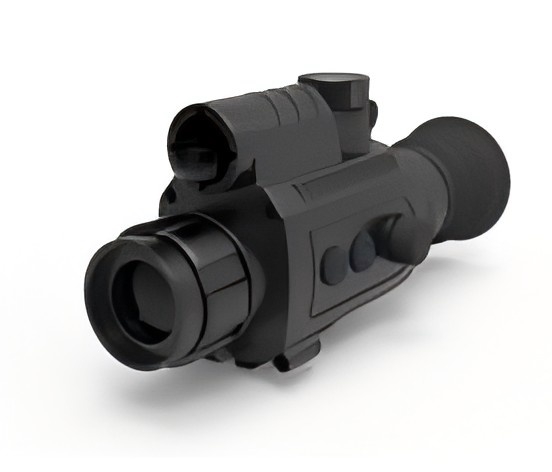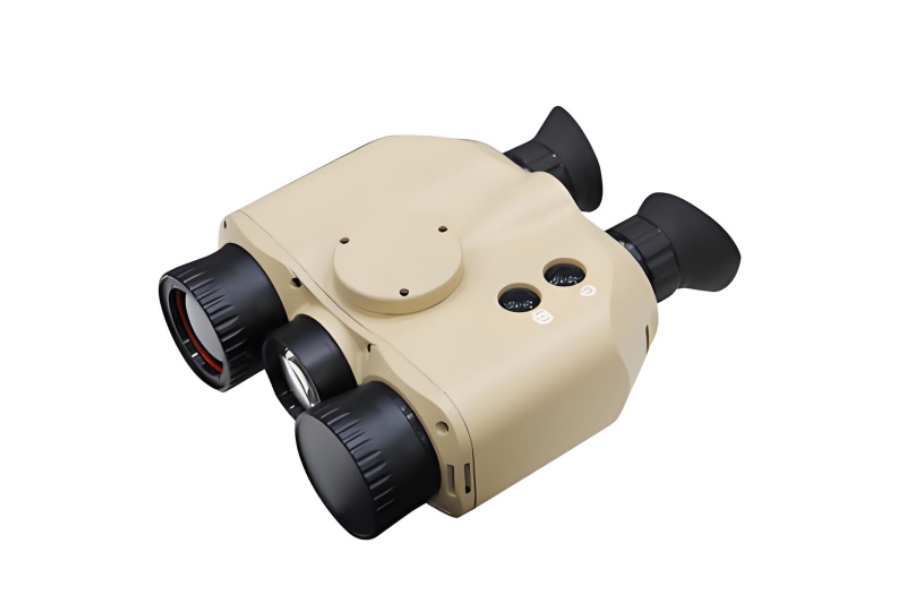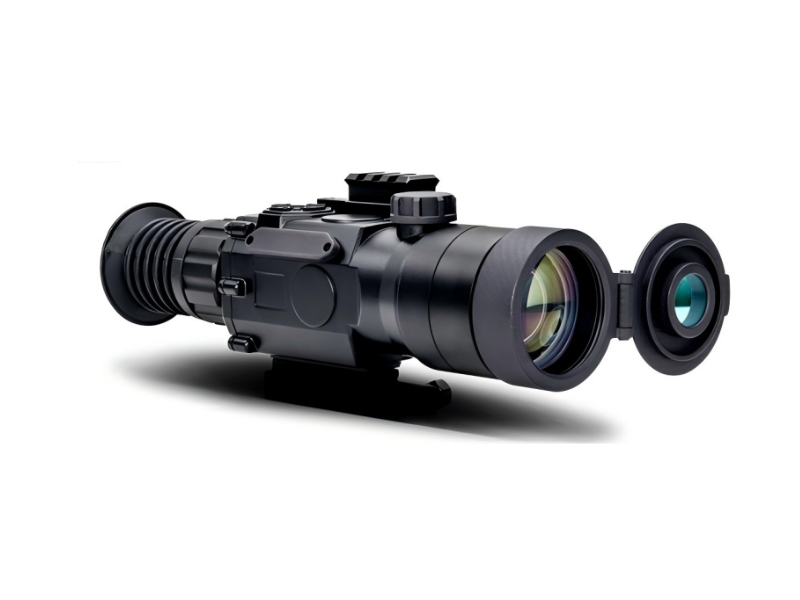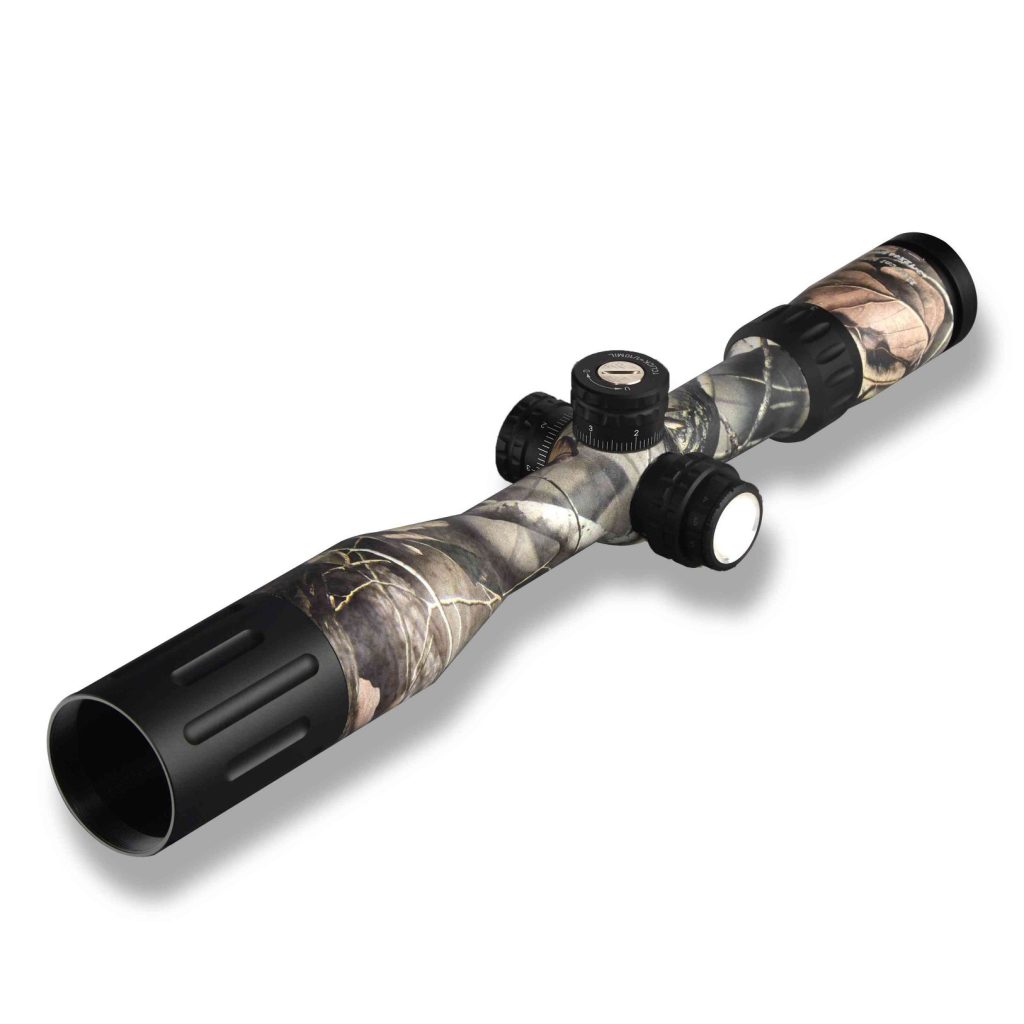Thermal scopes, which detect infrared radiation to create images in low-light or no-light conditions, have revolutionized hunting by enhancing visibility and precision. However, their legality for hunting varies widely across jurisdictions, raising questions about ethical use, wildlife conservation, and fair chase principles. This guide explores the legal landscape of thermal scope usage in the U.S. and internationally, offering practical advice for hunters to navigate regulations responsibly.
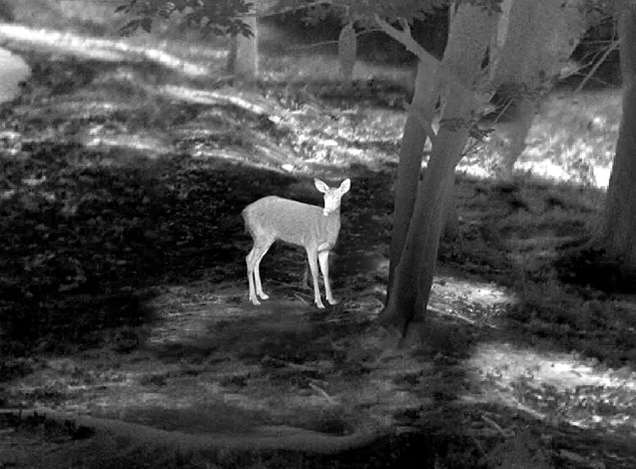
Part 1: Understanding Thermal Scopes and Their Hunting Advantages
Brief Overview of Thermal Imaging Technology
Thermal scopes detect heat signatures emitted by animals, humans, or objects, converting them into visible images. Unlike night vision devices that amplify ambient light, thermal optics work in complete darkness, through fog, smoke, or foliage. This makes them invaluable for tracking game in challenging environments.
Key Advantages of Thermal Scopes in Hunting
Thermal scopes offer several significant advantages that can enhance hunting success and safety:
- Enhanced Detection in Low-Light Conditions: The most prominent benefit is the ability to detect game in complete darkness or during twilight hours when many animals are most active. This significantly extends hunting opportunities beyond daylight hours in jurisdictions where night hunting is permitted.
- Improved Target Identification: Thermal signatures can help differentiate between different animal species and even distinguish between live animals and inanimate heat sources, reducing the risk of misidentification and accidental shooting.
- Locating Wounded Game: The heat signature of a wounded animal can remain detectable even after it has moved into dense cover, aiding in ethical and efficient retrieval.
- Increased Situational Awareness: Thermal scopes can help hunters identify potential threats or obstacles in their surroundings, enhancing safety, especially during nighttime hunting.
- Detection Through Obstructions: While not entirely impervious, thermal imaging can often detect heat signatures through light foliage, tall grass, or fog, where visual detection would be impossible.
- Predator Control: Thermal scopes are particularly effective for controlling nocturnal predators like feral hogs, coyotes, and foxes, which can cause significant damage to agriculture and livestock.
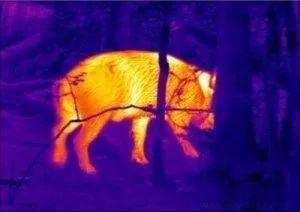
Part 2: Overview of U.S. State Laws Regarding Thermal Scopes for Hunting
∆ The legality of using thermal scopes for hunting in the United States varies considerably from state to state. It is crucial for hunters to consult the specific regulations of the state or states where they intend to hunt, as these laws are subject to change.
States Where Use is Permitted in All or Most Hunting Activities
- Texas: Permits thermal scopes for hunting non-game species (e.g., feral hogs) year-round.
- Alabama: Allows thermal optics for nighttime predator control.
- Louisiana: No restrictions on thermal devices for hunting unprotected species.
States with Restrictive Legality
- California: Bans thermal scopes for hunting mammals but allows them for non-game species.
- Colorado: Prohibits thermal imaging for big game hunting but permits it for varmints.
- New York: Restricts use to specific seasons (e.g., coyote hunting in winter).
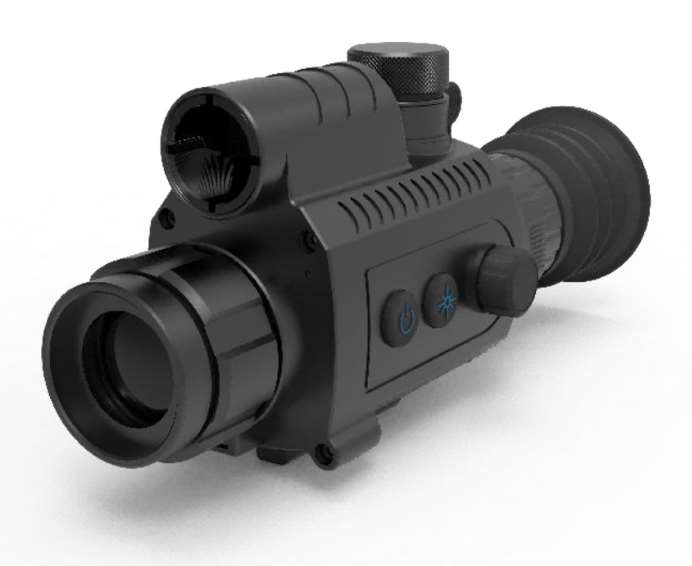
States Where Use is Explicitly Prohibited
- Massachusetts: Thermal scopes banned for all hunting to uphold “fair chase” ethics.
- Rhode Island: Prohibits any night-vision or thermal technology for hunting.
States with Unclear or Currently Revising Regulations
l Michigan: Ambiguous laws; hunters must consult local authorities annually.
l Oregon: Recent proposals to restrict thermal scopes for deer/elk hunting are under debate.
How to Check the Specific Regulations in Your State
The most reliable way to determine the legality of thermal scopes for hunting in a specific state is to consult the official regulations published by the state’s wildlife or natural resource agency. These agencies typically have websites where hunters can access current hunting regulations, including information on permissible equipment. It is advisable to:
- Visit the Official State Wildlife Agency Website: Look for sections related to hunting regulations, legal methods, or specific species.
- Review Hunting Regulation Handbooks: Many states publish annual handbooks that detail all hunting laws and regulations.
- Contact the State Wildlife Agency Directly: If the information is unclear or if there are specific questions, contacting the agency’s law enforcement or regulations division can provide definitive answers.
- Stay Updated on Legislative Changes: Hunting regulations can change, so it’s good practice to review the rules before each hunting season.
Part 3: Key Factors Influencing the Legality of Thermal Scopes for Hunting
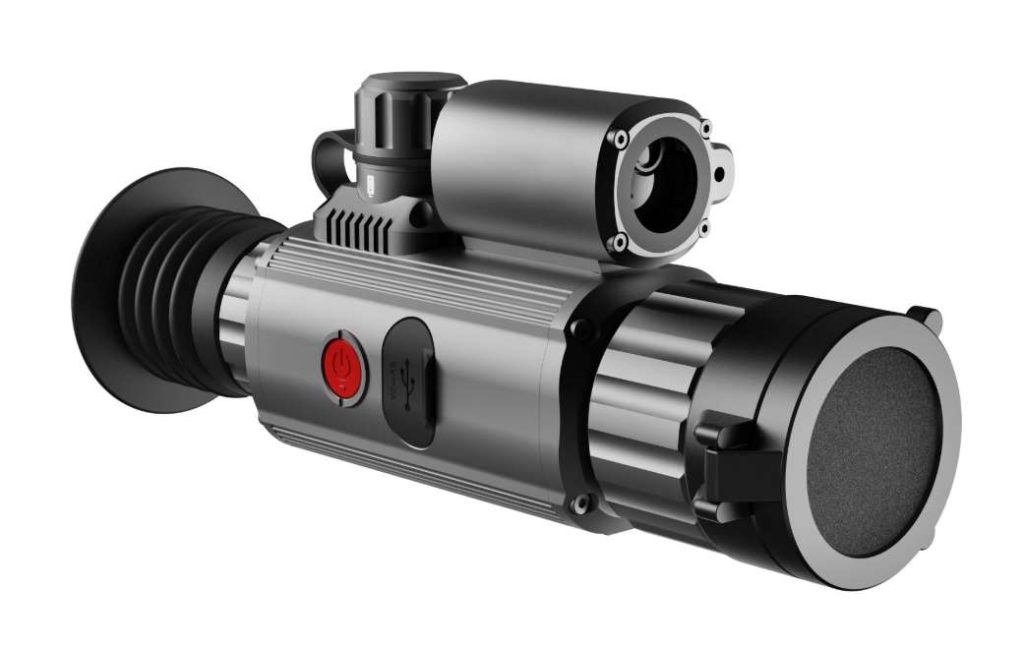
Several factors often influence a state’s stance on the legality of thermal scopes for hunting:
Species of Game
As mentioned earlier, the species being hunted is a primary factor. Many states are more likely to permit thermal scope use for non-game animals or predators that are considered a nuisance or require population control. Conversely, their use may be restricted or prohibited for popular game species like deer or waterfowl, where fair chase principles are more strictly enforced.
Hunting Seasons and Times
The timing of hunting activities also plays a role. Thermal scopes are most beneficial during low-light or nighttime conditions. States with restrictions on night hunting in general will naturally limit the utility and potentially the legality of thermal scopes. Specific seasons might have different regulations regarding the use of thermal technology.
Hunting Locations
The location of the hunt can also be a factor. Some states might have specific regulations regarding thermal scope use on public versus private land. Additionally, federal regulations may apply in certain areas or for specific migratory bird hunting.
Other Technical Restrictions
While less common, some jurisdictions might impose technical restrictions on the types or capabilities of thermal scopes that are permissible for hunting. This could involve limitations on magnification, detection range, or other features.
Part 4: How to Legally and Compliantly Purchase and Use Thermal Scopes

Assuming thermal scopes are legal for the intended hunting activity and location, hunters should adhere to the following principles for responsible purchasing and use:
Primary Principle: Thoroughly Understand Local Laws and Regulations
Before even considering purchasing a thermal scope, the absolute priority is to have a clear and current understanding of the specific laws and regulations in the state or country where it will be used for hunting. This includes knowing which species can be hunted, during what seasons, and under what conditions thermal scopes are permitted.
Choose the Right Equipment Wisely
Once legality is established, selecting the appropriate thermal scope for the intended hunting purpose is crucial. Factors to consider include:
- Detection Range and Image Quality: Different hunting scenarios require varying levels of detection range and image detail.
- Magnification: Consider the typical distances at which game will be engaged.
- Durability and Environmental Resistance: Hunting often involves harsh conditions, so a robust and weather-resistant scope is essential.
- Battery Life: Ensure the scope has sufficient battery life for typical hunting excursions or consider external power options.
- Budget: Thermal scopes can range significantly in price, so aligning features with budget is important.
Purchase Through Legally Authorized Channels
Purchasing thermal scopes from reputable dealers or manufacturers ensures that the transaction is legal and that the equipment meets any relevant standards. Be wary of purchasing from unverified sources, as this could lead to acquiring non-compliant or even illegally obtained devices. Keep records of purchase for potential verification purposes.
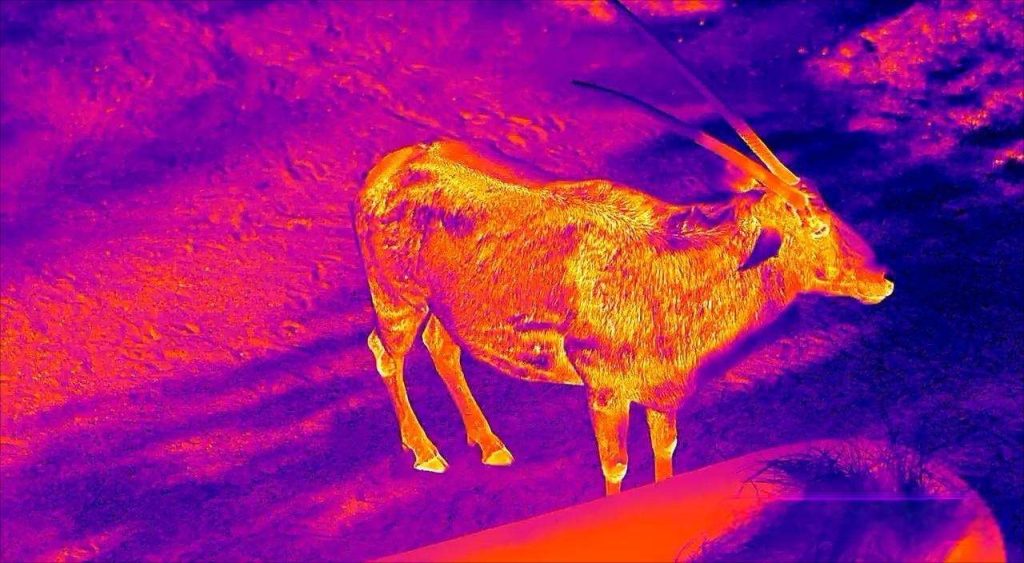
Use Responsibly and Ethically
Even where legal, the ethical use of thermal scopes is paramount. Hunters should:
- Ensure Positive Identification: Always positively identify the target before taking a shot, even with the aid of thermal imaging.
- Adhere to Fair Chase Principles: Understand and respect the principles of fair chase as they apply to the use of technology in hunting.
- Use for Legal Game Only: Only use thermal scopes to hunt species for which their use is permitted by law.
- Respect Private Property and Safety Zones: Always hunt legally and ethically within designated areas, respecting property boundaries and safety regulations.
Part 5: International Regulations Overview: Essential Knowledge for Cross-Border Hunters
For hunters who travel internationally to pursue game, understanding the regulations regarding thermal scopes in their destination countries is essential. Laws can vary significantly worldwide.
European Union
- Strict regulations under the EU Firearms Directive. Thermal scopes often classified as military-grade, requiring special permits.
- Night hunting largely banned to protect wildlife; exceptions for culling invasive species.
Canada
- Prohibited for hunting migratory birds under the Migratory Birds Convention Act.
- Permitted for predator control in provinces like Alberta, subject to provincial guidelines.
Australia
- Thermal scopes banned for recreational hunting nationwide.
- Limited use permitted for professional culling operations (e.g., kangaroo management).
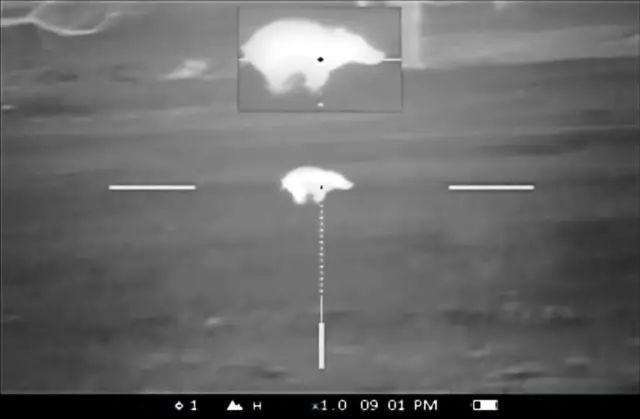
Final Thoughts: Approaching Technology Rationally and Enjoying Hunting Legally
Thermal scopes offer remarkable advantages but require hunters to balance innovation with ethical and legal responsibility. By staying informed, prioritizing conservation, and respecting regional laws, hunters can leverage this technology sustainably. Always remember: legality today does not guarantee approval tomorrow—advocacy for sensible policies ensures the future of hunting and wildlife coexistence.

